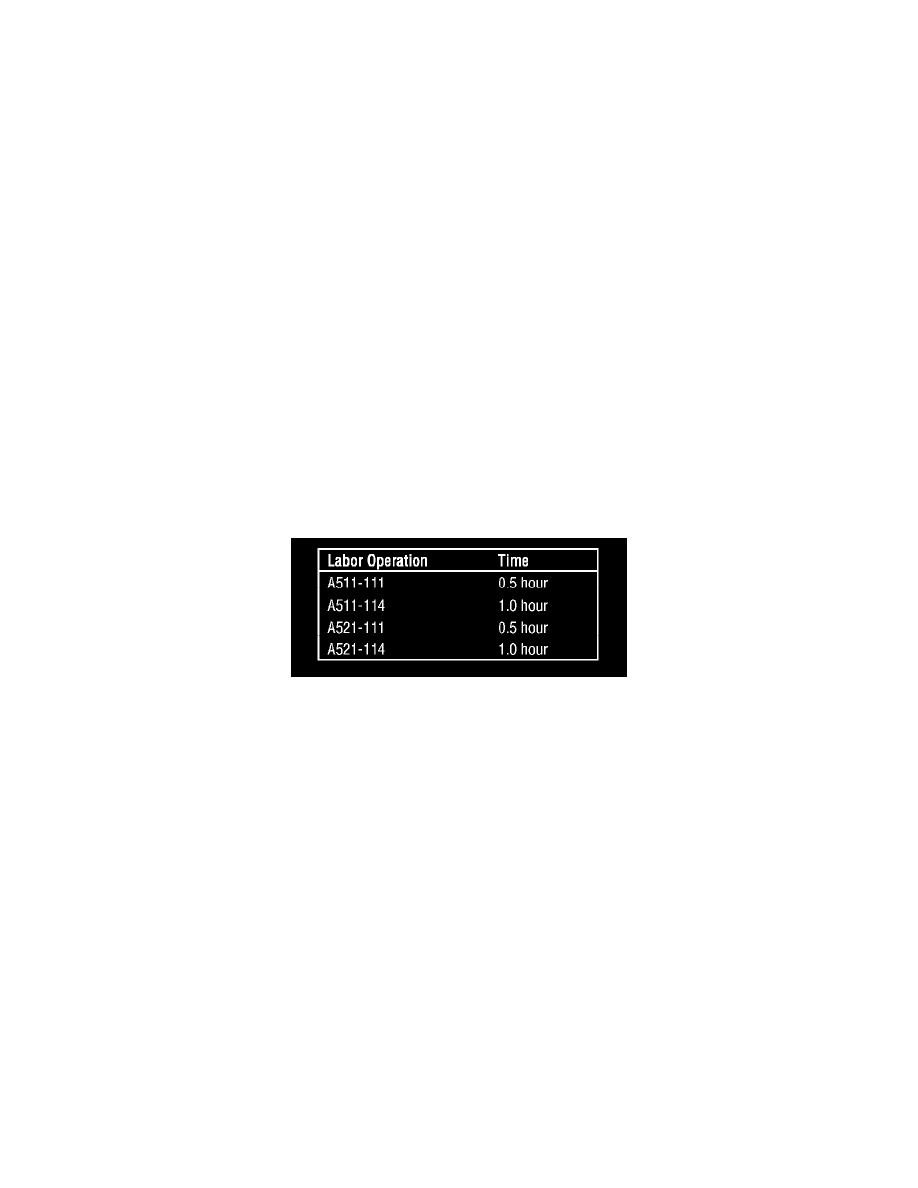Outback VDC Wagon AWD F6-3.0L (2002)

Drum Brake System: Technical Service Bulletins
Brakes - Vibration Diagnostics
NUMBER: 06-32-03
DATE: 11/01/03
APPLICABILITY:
All Models; All Years
SUBJECT:
Brake Vibration Diagnostics and Revised Flat Rate Time
INTRODUCTION
The purpose of this bulletin is two-fold:
Studies confirm that rarely is it necessary to resurface Brake Rotors and/or Drums on all four wheels when a confirmed brake vibration exists. With
proper diagnostics, front or rear brake vibrations can be isolated eliminating the need to resurface all four rotors and/or rear brake drums.
Warranty policy states that only the actual source of the issue is warrantable and preventative repairs for what might occur in the future are not a matter
for warranty. Therefore, it is required that each brake vibration complaint be narrowed to the source and only that repair be completed.
ADJUSTMENT TO FLAT RATE TIME ALLOWANCES
With the introduction of on-car brake resurfacing equipment and even more recent advances of this equipment that reduce the times necessary for set-up
/ calibration, measurement and use, the flat rate time allowances will be reduced. The reductions in flat rate time allowances will become effective
January 1, 2004.
Please provide the following information to the appropriate personnel at your dealership.
The labor operation numbers for brake rotor resurfacing on vehicles has not changed. Listed below is the new time allowance.
REPAIR PROCEDURE
Use the following procedure along with the troubleshooting chart.
Road test the vehicle to confirm brake vibration. If vibration is felt where braking, verify at what speed. Typically, front rotor vibration is felt at higher
speeds (above 50mph) and in the steering wheel (circumference direction and/or side to side). If this is the case, the front rotors and pads will need to be
inspected.
Typically, rear brake vibration is felt at lower speeds (below 50mph). Vibration will also be felt in the floor of the vehicle, pedal, seats and dash. If this is
the case, the rear rotors and pads will need to be inspected.
To check for rear drum vibration, road test the vehicle at lower speeds. Be extremely careful not to lock the rear brakes. With the parking brake release
button pushed in, pull the parking brake lever slowly and gently, which applies the rear parking brakes. If vibration is felt, the rear drums and shoes will
need to be inspected.
Always refer to the applicable service manual for brake, brake drum, and rotor specifications. When resurfacing always check rotor/drum thickness
before and after. These measurements must be noted on the repair order. If the rotor/drum is out of specification after resurfacing, it will need to be
replaced.
